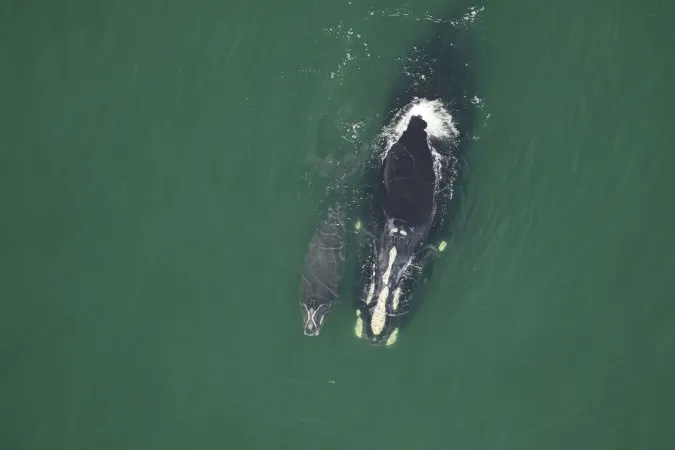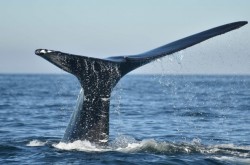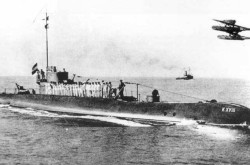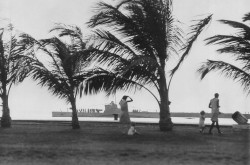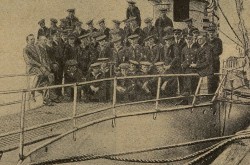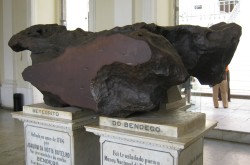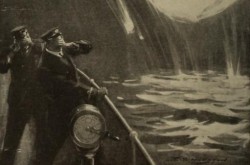Protecting the North Atlantic right whale through new regulations

Named the “right whale” by whalers — because it is slow moving and easy to catch — the North Atlantic right whale (NARW) was hunted to near extinction by the late 1800s. In 1935, the League of Nations banned hunting of right whales in all oceans.
Today, threats to the NARW include vessel collisions, entanglement in fishing gear, and underwater noise. Between April and November 2017, 16 NARWs died — 12 of those in Canadian waters. Of the seven necropsied carcasses, two were suspected to have died from entanglement in fishing gear, four were compatible with acute death due to trauma, and one could not be determined due to the state of decomposition, but indications of trauma were present.
As of 2020, fewer than 400 NARWs remain, with less than 100 breeding females, and as such they are now classified as endangered by both the Committee on the Status of Endangered Wildlife in Canada and the Species at Risk Act. According to the International Union for Conservation of Nature, the species' global status is now 'Critically Endangered', which means that it is facing imminent extinction.
Canada is committed to the protection and recovery of the NARW through the implementation of various measures. In 2014, the Department of Fisheries and Oceans published the Recovery Strategy for the North Atlantic Right Whale (Eubalaena glacialis) in Atlantic Canadian Waters. The strategy defined the following recovery goal:
“To achieve an increasing trend in population abundance over three generations.”
In the case of the right whale, three generations is approximately 60 years.
To begin to achieve an increasing trend in population abundance of NARWs in Canadian waters, the following recovery objectives and respective strategies, among others, will need to be implemented:
- reduce mortality and injury as a result of vessel strikes;
- reduce mortality and injury as a result of fishing gear interactions (entanglement and entrapment);
- reduce injury and disturbance as a result of vessel presence or exposure to contaminants and other forms of habitat degradation (including acoustic disturbance);
- monitor population and threats; and
- increase understanding of life history characteristics, low reproductive rate, habitat and threats to recovery through research.
With only limited recovery of the population over the past several decades and recent declines observed in population health and growth, implementation of recovery activities that will reduce threats to NARWs in the short term is imperative for the long-term survival of this endangered species.
Go further
Check out the 3D interactive models of Glacier the whale's skeleton!


